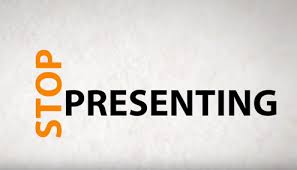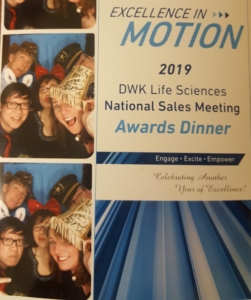We have a lot of exciting things to look forward to in 2020. One of my personal favorites is the Summer Olympics, which are coming to Tokyo this July. The event I’m most looking forward to is the 4×100-meter relay race. This is consistently one of the most popular events in the Olympics for both spectators and tv audiences alike. It’s an athletic endeavor which combines both speed and endurance, great individual performances as well as cohesive teamwork.
I was recently thinking that the 4×100 relay can be compared to a great sales process. How? Keep reading:
- Leg 1 – REFINE: The opening leg of a relay is widely acknowledged to be one of the most important stages of the race. It’s critical for runners to get out of the blocks quickly to establish their team’s position. Similarly, the “Refine” stage of a sales process is where sales teams hone the steps they will take to build a steady, repeatable revenue stream. This includes how leads are generated and moved through the sales funnel.
- Leg 2 – BUILD: The second leg of the relay is where runners build a steady, consistent pace in order to hold onto their positions. The runners are taking inventory of their positions, maintaining steady speed and lining things up for a clean handoff.
- Leg 3 – DELIVER: In the third leg, runners rely on stamina in order to set their teams up for the best chance to win in the final leg. Getting ready for that transition to win is critical to delivering the best case possible for success in the end.
- Leg 4 – REINFORCE: The final leg is where relays are won and lost. The first three legs may go well, but if runners in the anchor position don’t finish strong, their teams won’t come out on top. In the same way, your sales team may have a solid sales process, but without ongoing reinforcement of sales skills, your overall performance will fall short. Sales managers must be equipped to provide timely, personalized rep coaching to reinforce the skills needed to consistently meet and exceed sales targets.
Like the talented athletes that will make up Team USA’s 4×100-meter relay teams this summer, your sales teams will rely on certain strategies to ensure success. One of the most critical is a well-defined sales process that will help sales teams get off the blocks quickly and maintain their stamina all the way to the finish line.
For more on ways sales process drives revenue, click here.



 There’s no set formula or silver bullet for sales success. If there were, sales would be a lot easier! But neither should sales be attempted in a haphazard manner. A set sales process can help to shorten sales cycles and improve productivity, while also giving managers insight into their salespeople’s performance.
There’s no set formula or silver bullet for sales success. If there were, sales would be a lot easier! But neither should sales be attempted in a haphazard manner. A set sales process can help to shorten sales cycles and improve productivity, while also giving managers insight into their salespeople’s performance.  In three separate conversations, I was contacted by 2 sales representatives and one entrepreneur who asked to provide a critique of a presentation that they were taking to a prospect. While the circumstances around each were different, there was one common challenge I identified following each conversation-information around a solution, product, or service was being presented way too soon! None of the three understood how the prospect ran their business without the recommendation that they would prescribe. And only one realized how this approach would lower their chances of a successful outcome, even if they did (for some strange reason) win the business.
In three separate conversations, I was contacted by 2 sales representatives and one entrepreneur who asked to provide a critique of a presentation that they were taking to a prospect. While the circumstances around each were different, there was one common challenge I identified following each conversation-information around a solution, product, or service was being presented way too soon! None of the three understood how the prospect ran their business without the recommendation that they would prescribe. And only one realized how this approach would lower their chances of a successful outcome, even if they did (for some strange reason) win the business.
